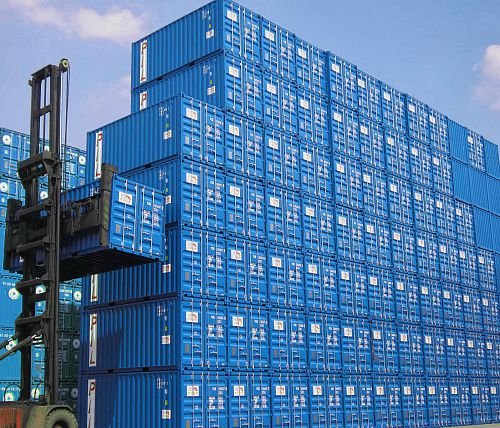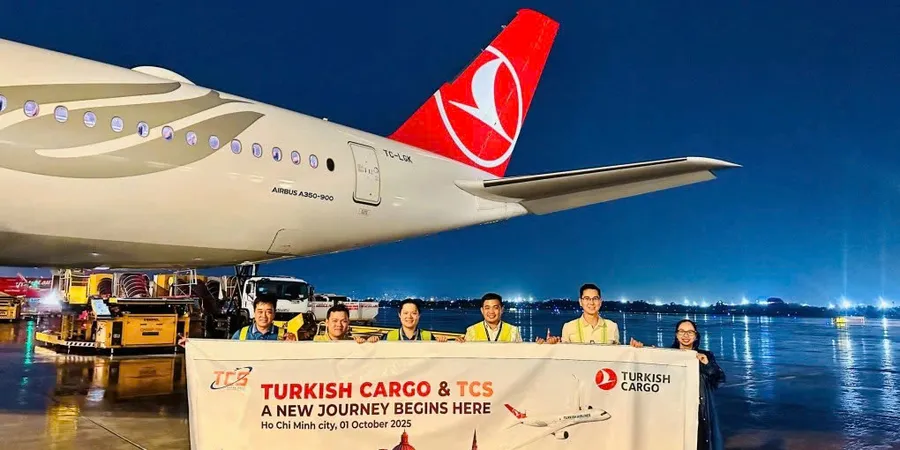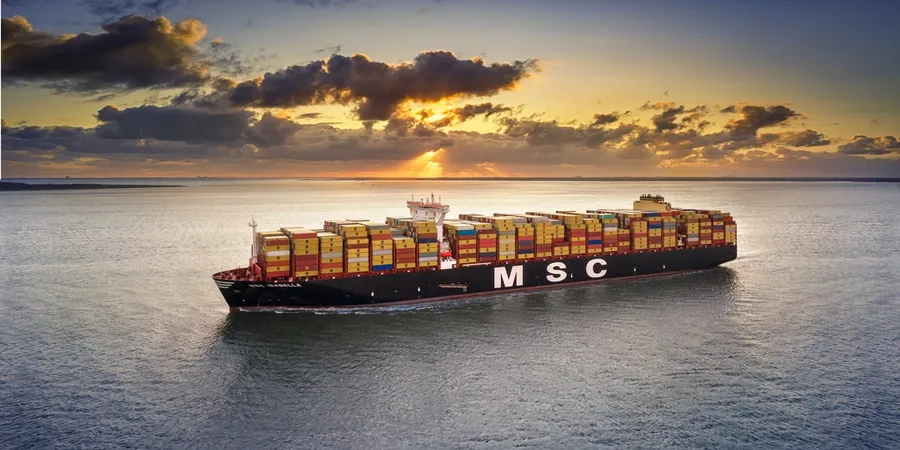PIL introduces intermodal solutions
Pacific International Lines (PIL) has introduced the PIL Intermodal Services, which offers train, truck and barge services across the company's network in Intra-Asia, Africa, Middle East, Latin America and Oceania.
The Singaporean carrier aims to empower its customers by providing them with a larger variety of cargo transportation ways.
Lars Kastrup, CEO of PIL, commented, “We have seen growing market demand for intermodal services in recent years. With our strong network of global offices, agencies and partners, we are able to offer good point-to-point connectivity across sea and land for our customers. Our intermodal solutions will be well supported by our digital services including electronic Bill of Lading, and in the near future, GPS tracking. This solution is also aligned with our goal to reduce the overall carbon footprint of our operations and that of our customers."
The PIL Intermodal Service is now available in Africa, Australia, Cambodia, Guatemala, India, Malaysia, Mexico, New Zealand, Saudi Arabia, Thailand and China, according to the company's boss, who noted that PIL plans to roll out its intermodal service to other parts of the world in the near future.
Source: Container News





